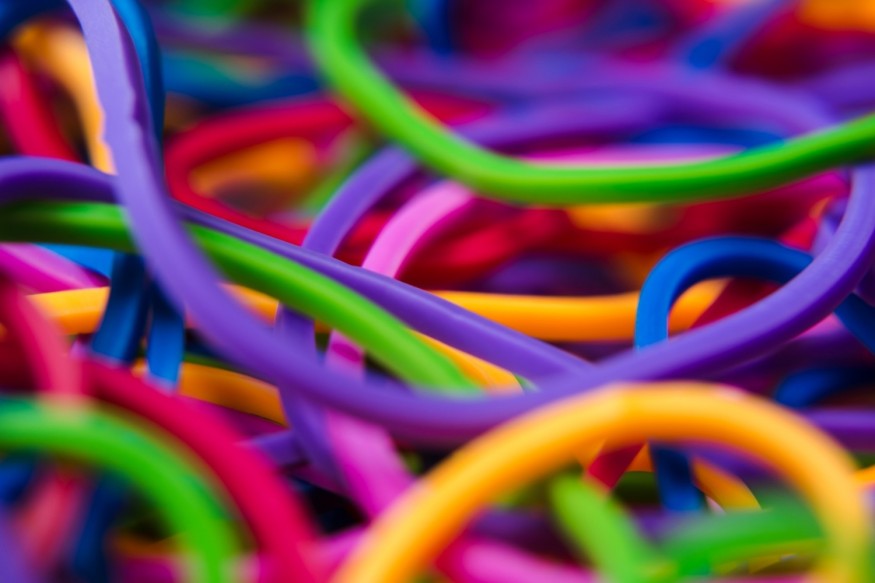
A rubber band is a common object with various applications, but it also raises many questions, such as whether the flexible loops are safe for the environment and whether they can be reused at all. Here are some fun facts about rubber bands.
#1 How Did Rubber Bands Come to Be?
Stephen Perry obtained two patents in 1845: one for the design of elastic bands made by slicing different widths of vulcanized Indian rubber tubes and the other for the use of Indian rubber as springs in bands, belts, and other items. Rubber bands were initially created by Perry to keep papers and envelopes together, but they now have countless other uses.
#2 Are Rubber Bands Safe for the Environment?
Compared to products created from synthetic rubber or other synthetic materials, rubber bands are more environmentally friendly. However, the production process itself is where their environmental friendliness is most at risk.
Having said that, the method used to harvest latex from rubber trees is comparatively sustainable because it doesn't need chopping down the trees.
Additionally, in order to give the other locations time to heal, the trees must be tapped in different locations each time, according to Citizen Sustainable.
#3 Can Rubber Bands be Composted?
Technically speaking, yes, but rubber is made from the sap of a rubber tree, and the general rule for composting is that everything that was once living can be composted. Rubber, on the other hand, takes a very long time to decompose or break down, thus it's preferable to reuse rubber bands as opposed to throwing them in the compost.
Rubber can be recycled, but doing so is a little more difficult than just throwing it in the regular recycling bin. Recycling rubber follows a distinct process, according to Green Mountain Energy.
#4 What are Ways to Reuse Rubber Bands?
According to Treehugger, they are the ideal last-minute fix for many issues. They are not as stylish a hack as binder clips and they don't have the same repair strength as duct tape. They make excellent storage and organization tools, can make hilarious craft materials, and are generally useful little helpers.
Rubber bands can be used in as many different ways as the user can think of, such as banding together apple slices to stop them from browning, giving jeans an adjustable waistline by looping one around the button and the hole, using them as jar lid grippers, keeping books closed, organizing cables, tape measures, and ribbons, hanging flyers without adhesive, and many more.
#5 What Can Prolong the Life of a Rubber Band?
Rubber band durability is influenced by several elements, including material, thickness, and use. Although natural rubber bands are more expensive than synthetic rubber bands, they often last longer. Thicker rubber bands tend to be less flexible but also endure longer than those that are thinner. The lifespan of a rubber band can also be impacted by proper use and storage. In the end, it's challenging to tell which rubber band will endure the longest without testing it in identical circumstances, Plastic Mill Blog reports.
Related Article : 5 Eco-Friendly Beautiful Nails to Try
© 2025 NatureWorldNews.com All rights reserved. Do not reproduce without permission.





